So….I introduced my website to my work mates one day, which was a joy! I love to share recipes with my friends, I have found. We have been exchanging ideas and recipes at work which is great.
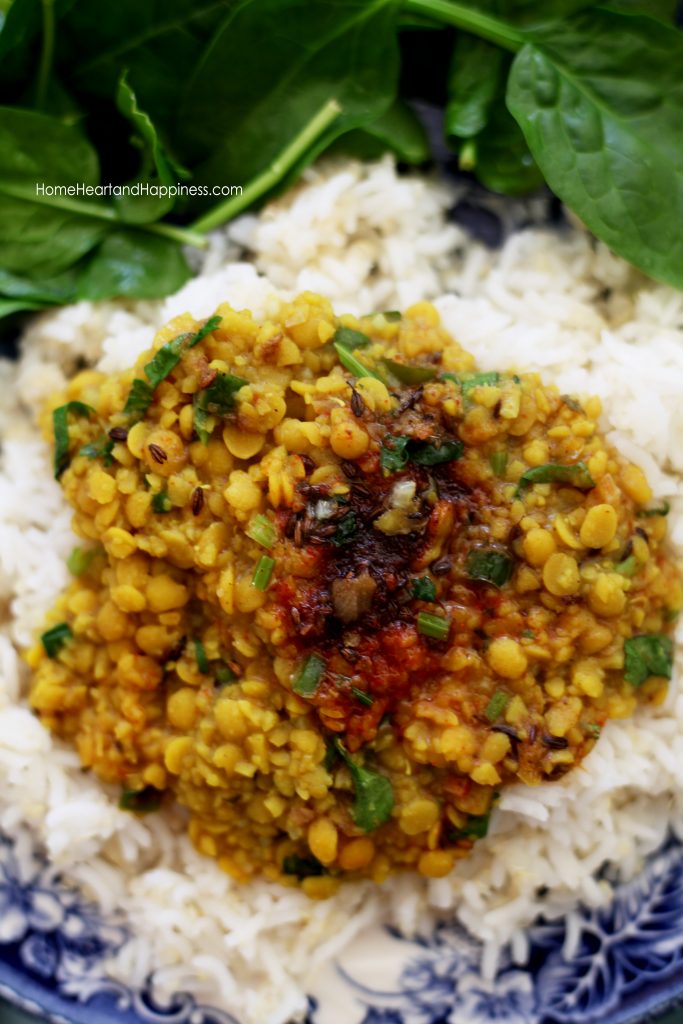
I got my first recipe request this way though! A colleague would like to see an easy, healthy Dahl recipe. That was a surprise for me, as an Indian I do so many versions of dalh, or as we Gujaratis call it, Dal, without a blink and do not suppose too much that many people would be interested. This was gratifying. So taking a break from my Indo-western food, let’s go back to something more traditional :).
More often than not,when you go to conventional recipes, they can have quite a lot of oil or too many spices that might confuse an ordinary, non- spice background reader. I intend to make this pain free, while also keeping it authentic in taste. This is a Gujarati Dal that closely resembles a Punjabi/ Northen Dalh that is the usual staple of your takeaway Indian. However, it isn’t that same. As you may know, dear reader, each region of India cooks differently, smells and tastes different. Most Gujarati Dal are thinner in consistency, (but no less flavorful for that!) but this one is thicker and will do to start with 🙂
Enjoy your little adventure with one Abby!
Thick Dahl
Course: MainCuisine: Indian, GujaratiDifficulty: Easy2
servings5
minutes25
minutes293
kcalIngredients
1 Cup of rinsed and soaked dalh of choice. (Mung dal, or yellow split peas, Pigeon peas)
1/2 Green Chili, diced
1 tsp grated/diced ginger
1 Medium to big clove of garlic, minced
3-4 curry leaves
1 tbs of Pure Ghee or Any oil of your preference if Vegan
1 tsp Cumin
A pinch of Hing/ Asafetida if available
1/2 tsp of Turmeric
2 bay leaves
Cinnamon powder or stick
Salt and Pepper to taste
1 tsp red chili powder
1/2 cup of chopped coriander, leaves and stalks
Water as needed
Directions
- Rinse and wash the split dal. Once washed, soak at until at least doubles in volume (you can soak even longer, overnight or more). This depends on what kind of dal you are using, for instance if it is mung dal, it will be find with a shorter soak, whereas if it is yellow split peas, you can even soak it for 48 hours and it will still need some cooking. The rule of thumb is, the longer you soak the less time it will take to cook. If you are using full beans, definitely soak for 24 hours! Like chickpeas or kidney beans etc.
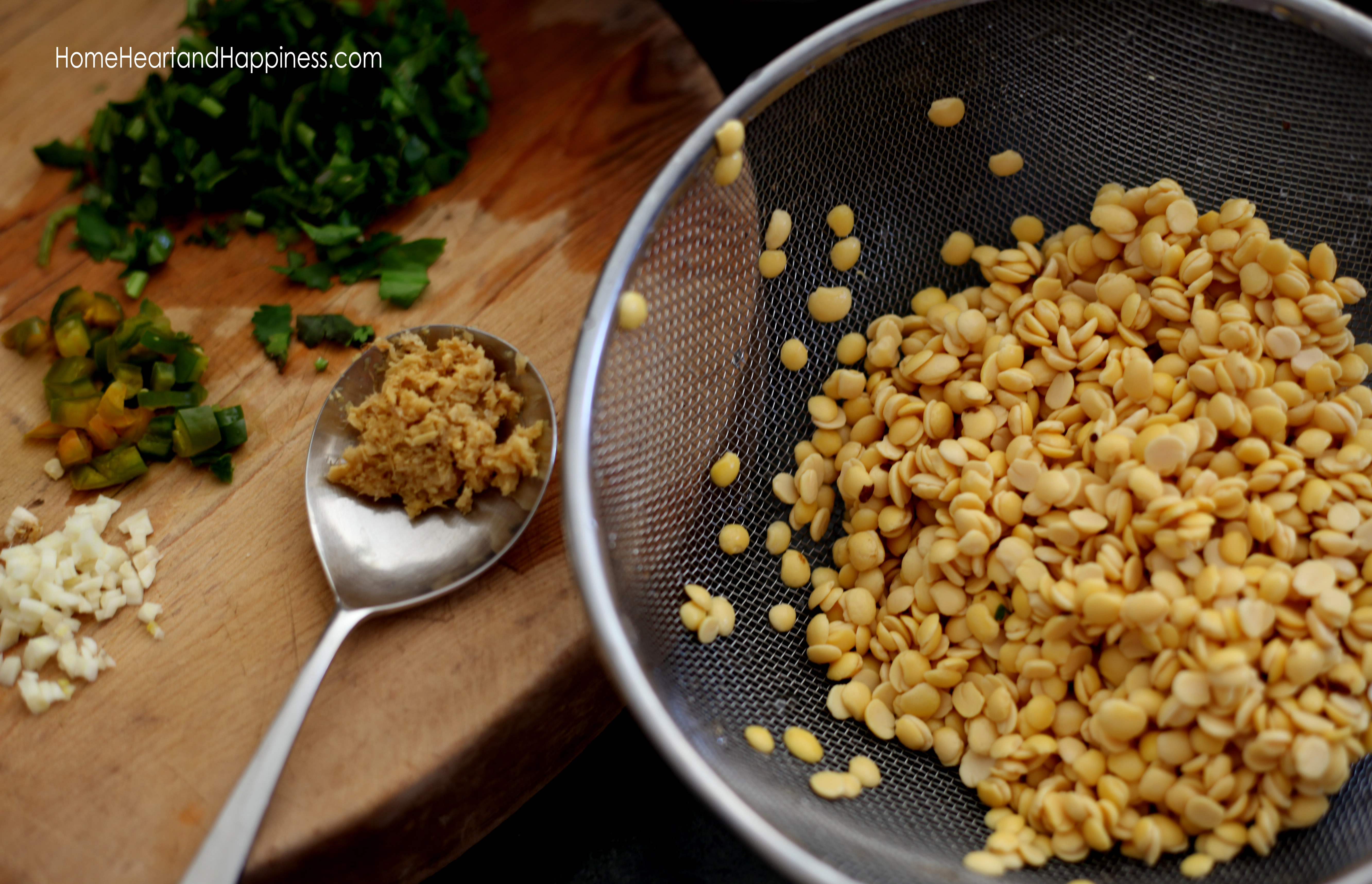
- Once the dal is nice and soaked, and you are happy to proceed, rinse the dal, transfer to a thick bottomed pot, add a 1 1/2 or so of water, add salt to taste and turmeric along with your bay leaves and cinnamon (stick or powder) . Cover and let it come to a boil. Cook covered for 10 -15 minutes. Check if the water has evaporated, add some more if the dal is still not soft when you try to crush it between your fingers / with a spoon. Add more water and continue to boil covered and reduce the water until dal is soft and to your liking.
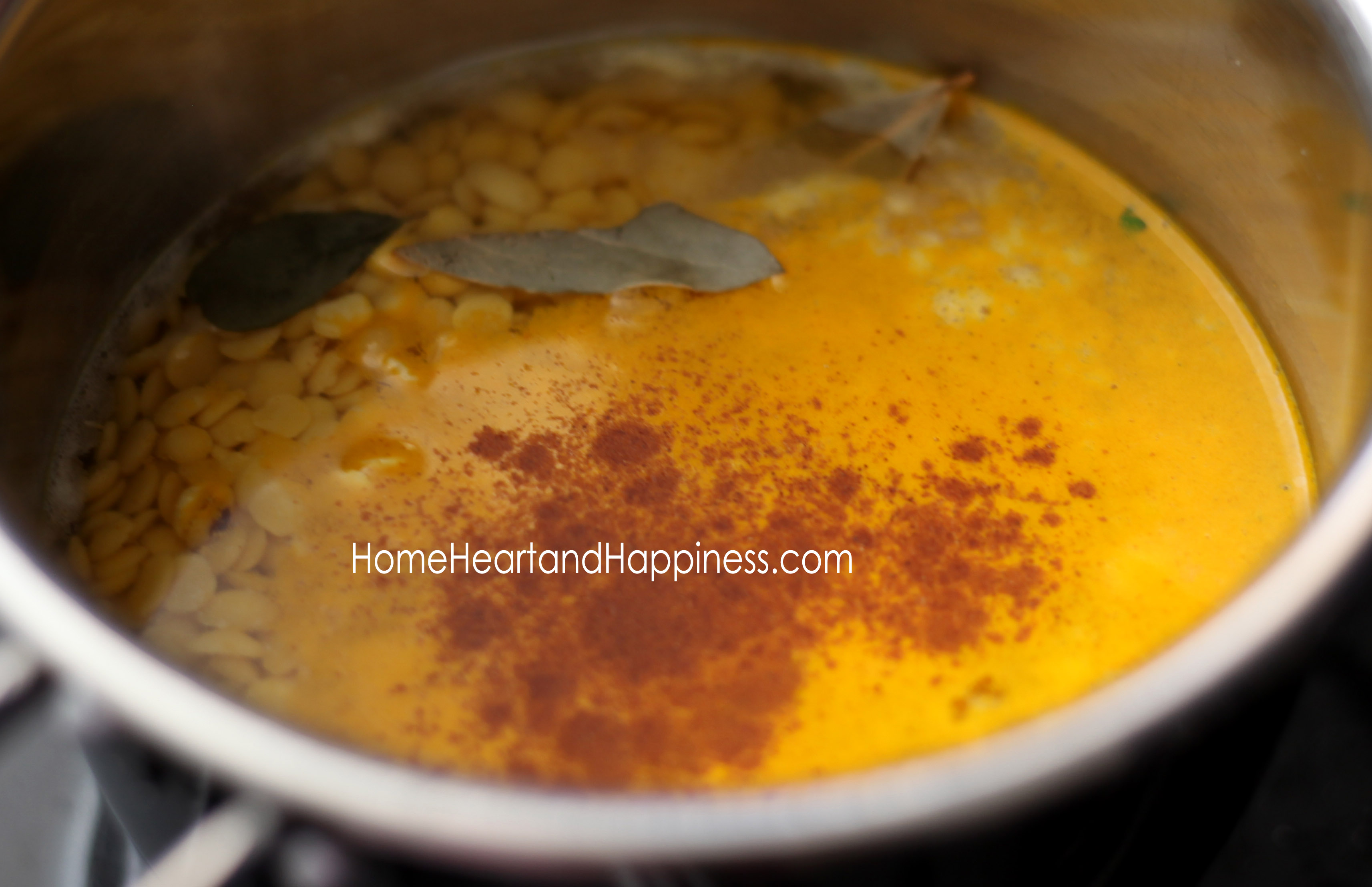
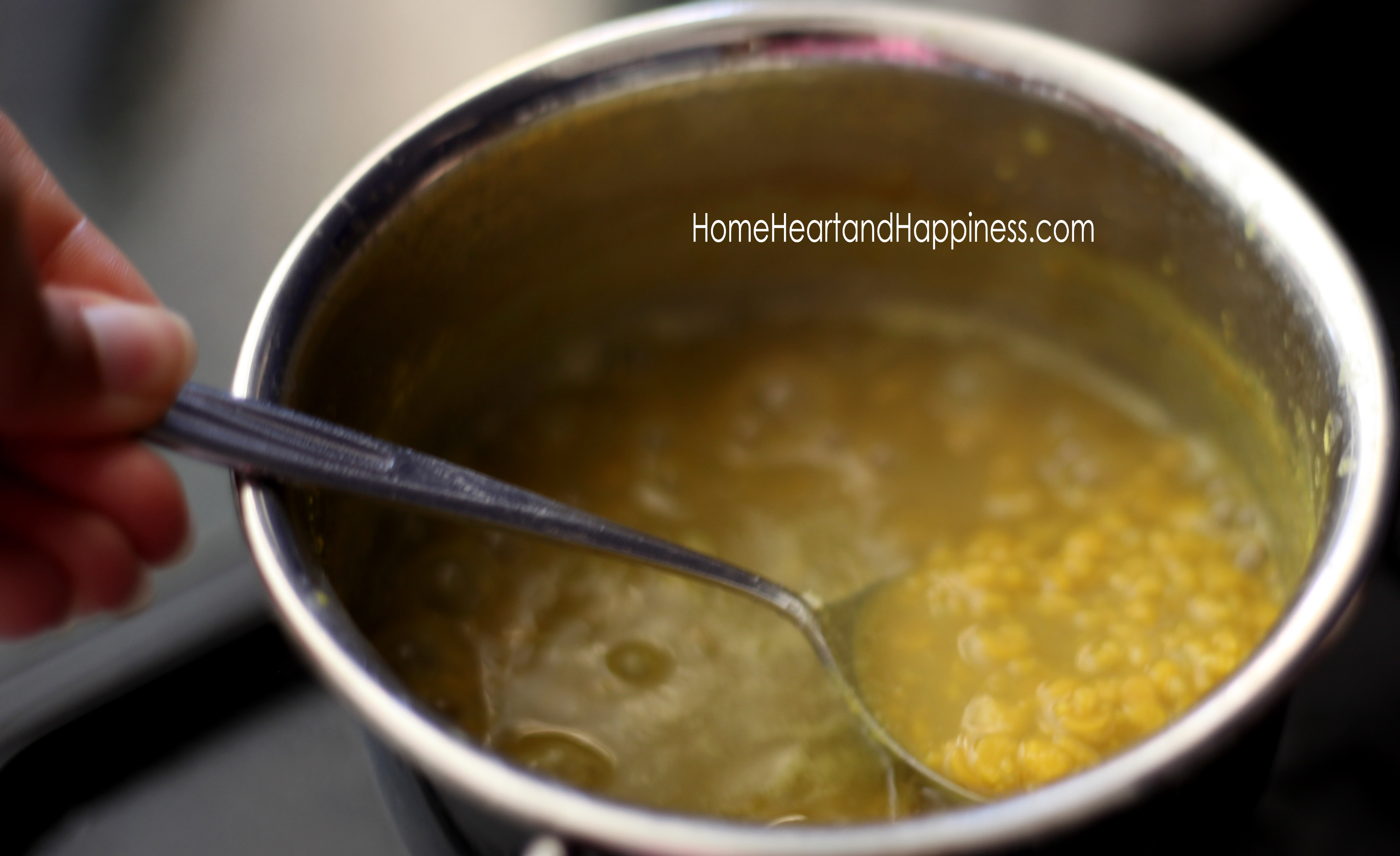
- Stir the dal, once you are happy with the consistency, let it sit on a gentle simmer, while you heat the Ghee in a smaller pan. Add Cumin seeds, once they start to crackle, add the Asafetida, curry leaves, Coriander stalks, ginger and garlic and the green chili. Let the ginger and garlic cook until the raw smell goes away, and golden brown. Do not let this burn. Turn off the heat.


- In the cooked lentils, add the coriander leaves and top with the chili powder, do not stir it in, on top of these garnishes, add the hot ghee with all the spices in it. The mixture should all sizzle, giving the chili a nice burnished red. Stir gently to combine, you don’t want to fully lose the fire works on top!
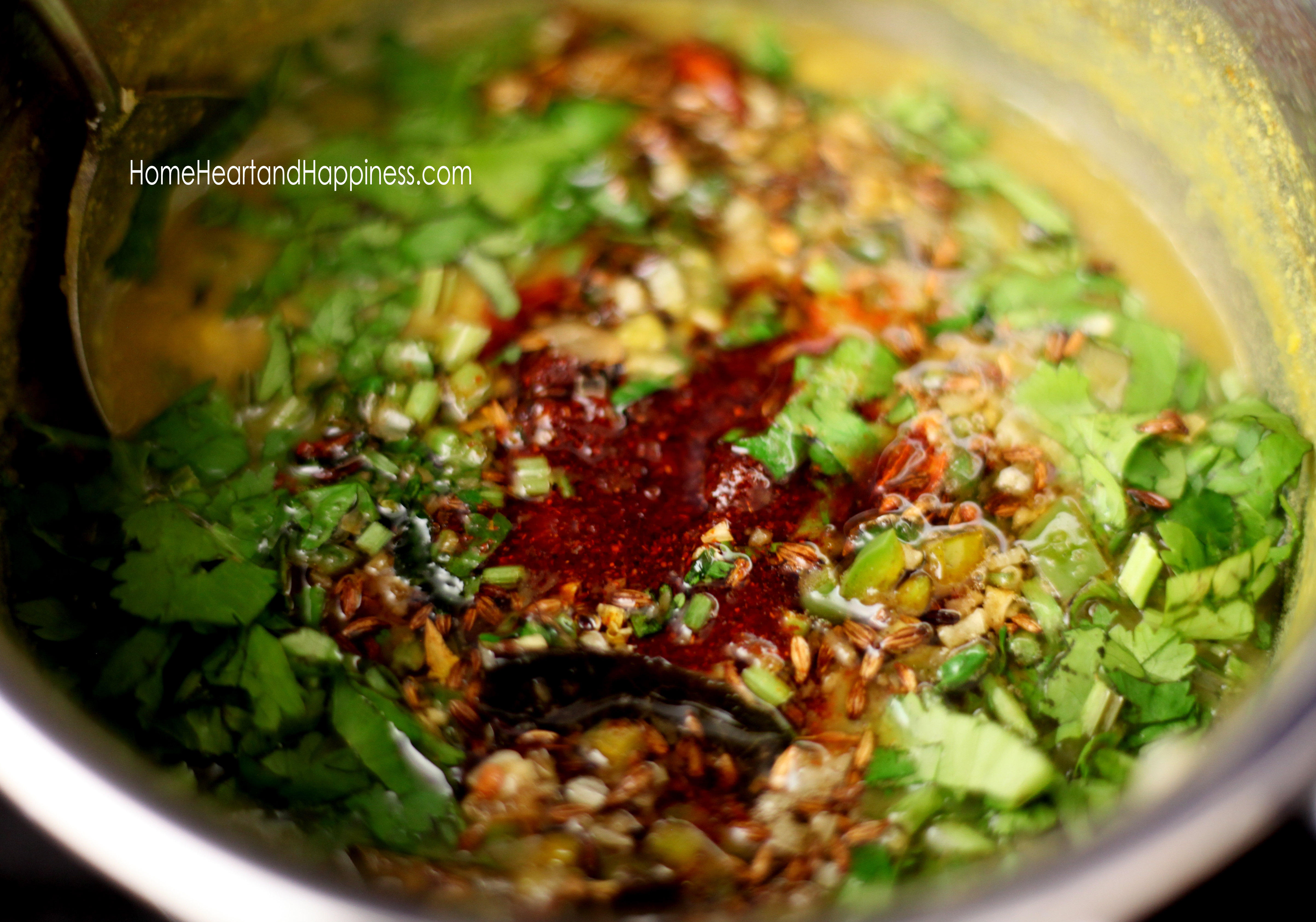

- Serve immediately with some rice, or bread and some fresh salad. 🙂
Notes
- I always sneak in some Quinoa in with my rice. Always aim to increase the nutritional value of your cooking! 🙂
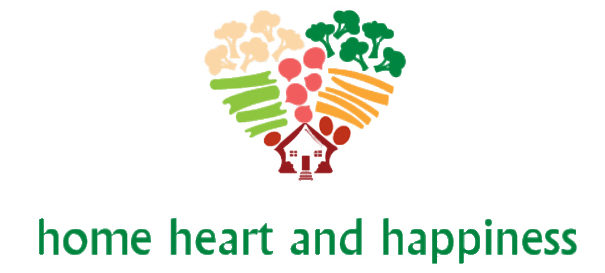
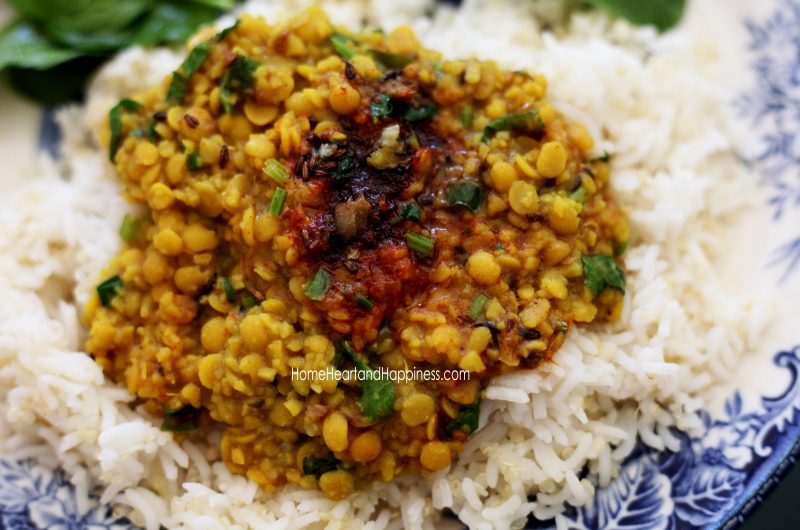
Recent Comments